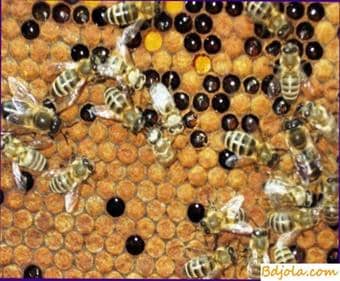
Each beekeeper wants to have the best bees to get more honey from them. Desire is quite natural and understandable. However, the possibilities for this are limited. Until now, beekeepers-breeders of the world, despite numerous attempts, failed to breed any breed of bees. It remains to use bees wild. Fortunately, they have excellent qualities.
Honey bees, like other insects, appeared on Earth many millions of years ago, long before the appearance of man. They settled everywhere, where they were favored by vegetation, from the tropics to the Far North. Under the influence of different climate and honey flora, different breeds of bees also developed historically with their own characteristics. Especially great differences between southern and northern bees. They are not similar to each other either in appearance, in character, or even in the structure of individual organs.
Направляющий ориентир. Как снимать рой.
Breeds of bees